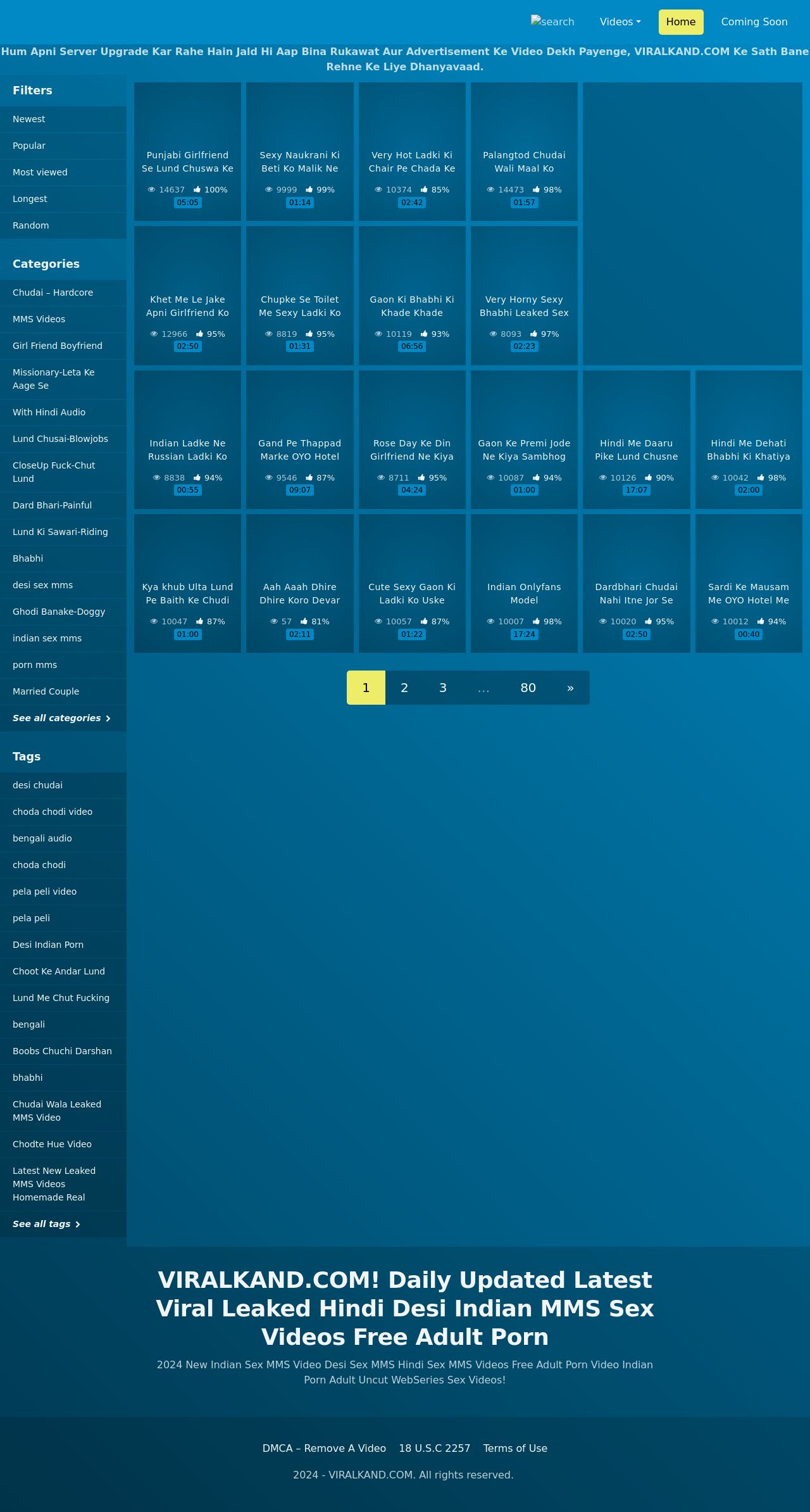Have you ever wondered how a simple video or piece of information can spread across the globe in mere hours? The phenomenon of virality has transformed our understanding of communication and engagement. In today's interconnected world, where platforms like TikTok and Spotify dominate digital spaces, content goes viral at an unprecedented rate. A bold statement underpins this transformation: virality is not merely a trend but a fundamental shift in how we share and consume information.
The mechanics behind what makes something go viral are complex yet fascinating. For instance, playlists such as TikTok & Viral Hits Sverige 2025 curated by Filtr Sweden exemplify how music trends rapidly evolve and capture global attention. This playlist features some of the best TikTok and trending tracks from 2024, blending new hits with classic favorites across genres like pop, hip-hop, and dance. It showcases how viral content transcends cultural boundaries, appealing to diverse audiences worldwide. Similarly, respiratory syncytial virus (RSV), though unrelated to digital media, highlights another form of rapid spread—biological contagion—that parallels the concept of virality in technology and entertainment.
| Personal Information | Details |
|---|---|
| Name | Gangu Chettri |
| Date of Birth | [Not publicly disclosed] |
| Place of Origin | Nepal |
| Career | Influencer, Content Creator |
| Professional Achievements | Viral Snapchat video; gained international recognition |
| Reference Website | TikTok Official Website |
Despite much research, influenza virus remains a significant health concern globally. Current vaccines exhibit varying efficacy rates ranging from 19% to 60%, while available treatments prove ineffective during advanced stages of infection. Death rates fluctuate annually between 25,000 and 72,000 individuals. These statistics underscore the urgent need for improved strategies against viral outbreaks. Interestingly, the principles governing biological viruses share similarities with those driving digital virality—both rely on networks and replication mechanisms to propagate efficiently.
Shanti Baral's viral video exemplifies another dimension of modern virality. With over 18.5 million posts related to her content on TikTok, she represents a growing cohort of creators who leverage social media platforms to achieve widespread visibility. Her success illustrates the power dynamics inherent in viral phenomena, where individual stories resonate deeply within collective consciousness. As these narratives traverse digital landscapes, they often spark discussions around identity, representation, and community engagement.
Respiratory syncytial virus (RSV) serves as a pertinent example when examining viral behavior beyond digital contexts. Commonly affecting people of all ages, RSV presents symptoms including coughing, sneezing, runny nose, fever, and wheezing. While typically mild for healthy infants, it poses severe risks requiring hospitalization in certain cases. Seasonal prevalence peaks during fall through spring months, aligning with patterns observed in other contagious diseases. Understanding these cycles helps inform public health interventions aimed at mitigating transmission rates.
Platforms such as Yandex further amplify the reach of viral content by aggregating search results based on user queries. Searching for Viral Kand Videos yields numerous entries reflecting diverse themes and formats. Such aggregation underscores the democratization of content creation and dissemination, empowering individuals to participate actively in shaping cultural narratives. However, this proliferation also raises questions about authenticity, ethics, and responsibility associated with sharing potentially sensitive material.
Targeted recruitment of immune effector cells offers innovative approaches toward combating viral infections more effectively. By enhancing the body’s natural defenses, researchers aim to develop therapies capable of eradicating pathogens swiftly without compromising host health. This strategy mirrors efforts within digital ecosystems to regulate harmful content while preserving freedom of expression—a delicate balance necessitating continuous refinement.
Viral Networks: Connecting Digital Humanities and Medical History bridges gaps between seemingly disparate fields through interdisciplinary collaboration. Authored by Randall and Ewing, this work explores intersections where technological advancements intersect with historical perspectives on disease management. Their findings emphasize the importance of contextualizing contemporary challenges within broader frameworks to foster comprehensive solutions.
In summary, the concept of virality permeates various domains, influencing everything from entertainment to healthcare. Whether analyzing respiratory syncytial virus or dissecting trends on TikTok, understanding underlying principles enables us to harness opportunities presented by rapid information exchange responsibly. As society continues evolving alongside technological progress, embracing nuanced insights into virality will remain crucial for navigating complexities ahead.



